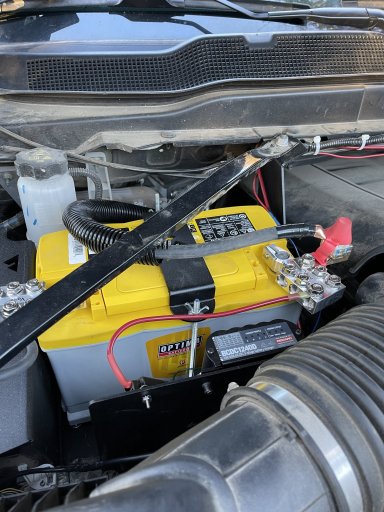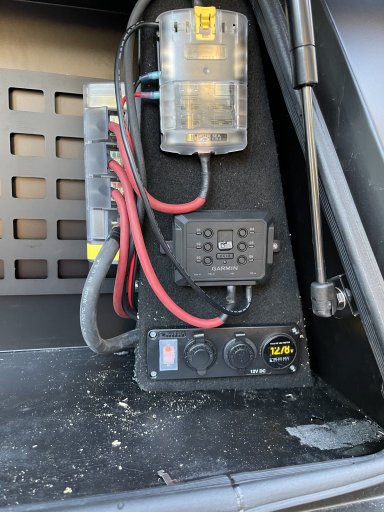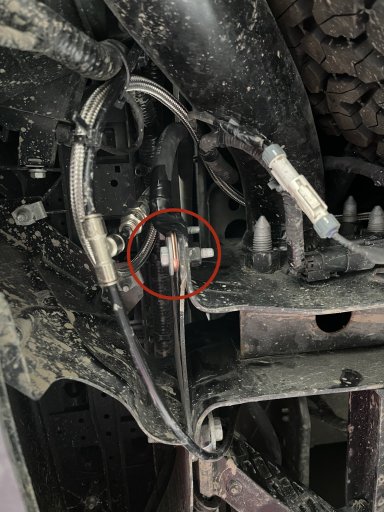
Advocate I
It can be the mother of trucks, is still not true.
I am sorry but I kind of doubt that this load is on 1 wire and you have all that stuff like a daisy chain on the same circuit If it is.. I wish you good luck . At 12v you will need a wire thick as your leg..
When you power your winch it takes what it needs from the batteries, and the alternator is ramping up to fill the void and prevents a voltage drop but it will not supply 500 amps. And the winch is not a the same circuit as a BC DC or your coms. The coms have a separate circuit and so on like I explained.
And it is not on only your alternator. Many things are powered with your batteries, either the main ones or AUX. What ever the alternator can't supply it is supplied by the batteries, when the load is decreased, the power is diverted to charge them..
I am sorry but I kind of doubt that this load is on 1 wire and you have all that stuff like a daisy chain on the same circuit If it is.. I wish you good luck . At 12v you will need a wire thick as your leg..
When you power your winch it takes what it needs from the batteries, and the alternator is ramping up to fill the void and prevents a voltage drop but it will not supply 500 amps. And the winch is not a the same circuit as a BC DC or your coms. The coms have a separate circuit and so on like I explained.
And it is not on only your alternator. Many things are powered with your batteries, either the main ones or AUX. What ever the alternator can't supply it is supplied by the batteries, when the load is decreased, the power is diverted to charge them..
Last edited:






